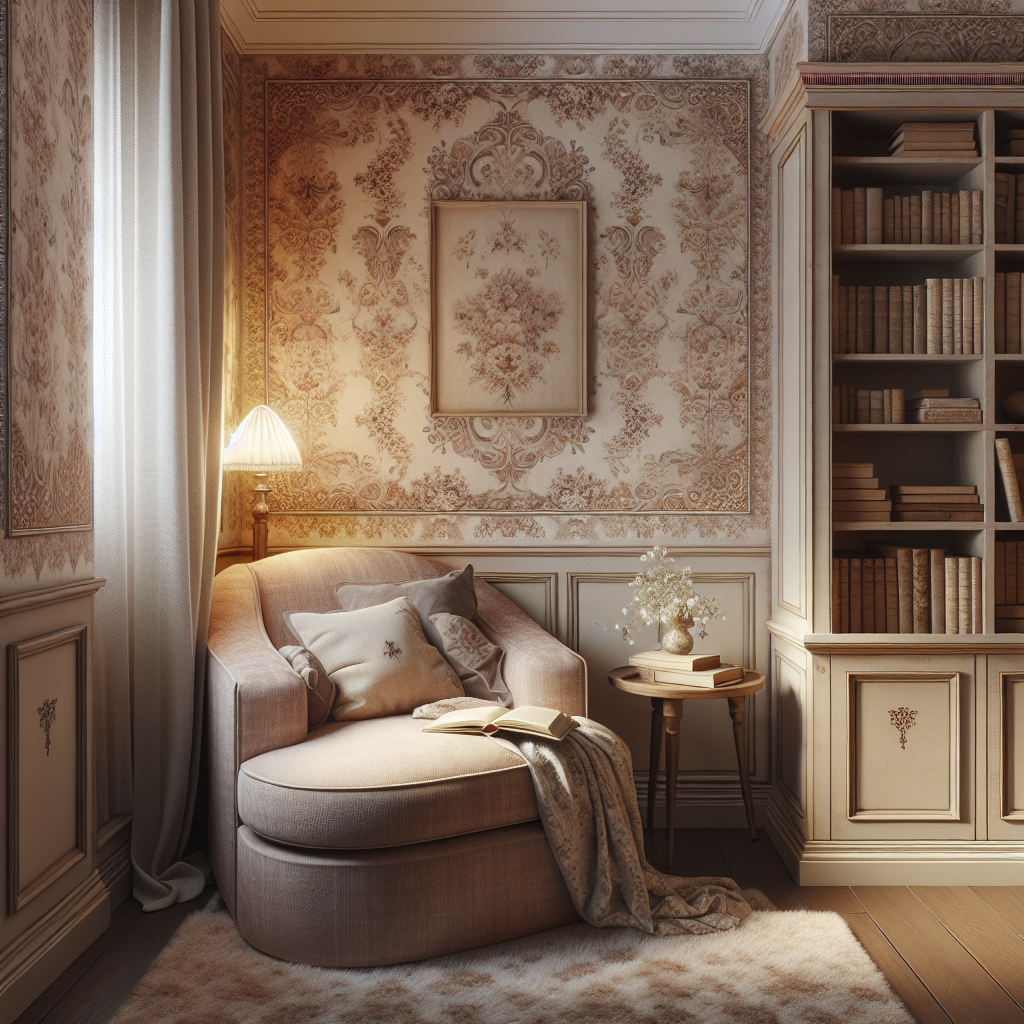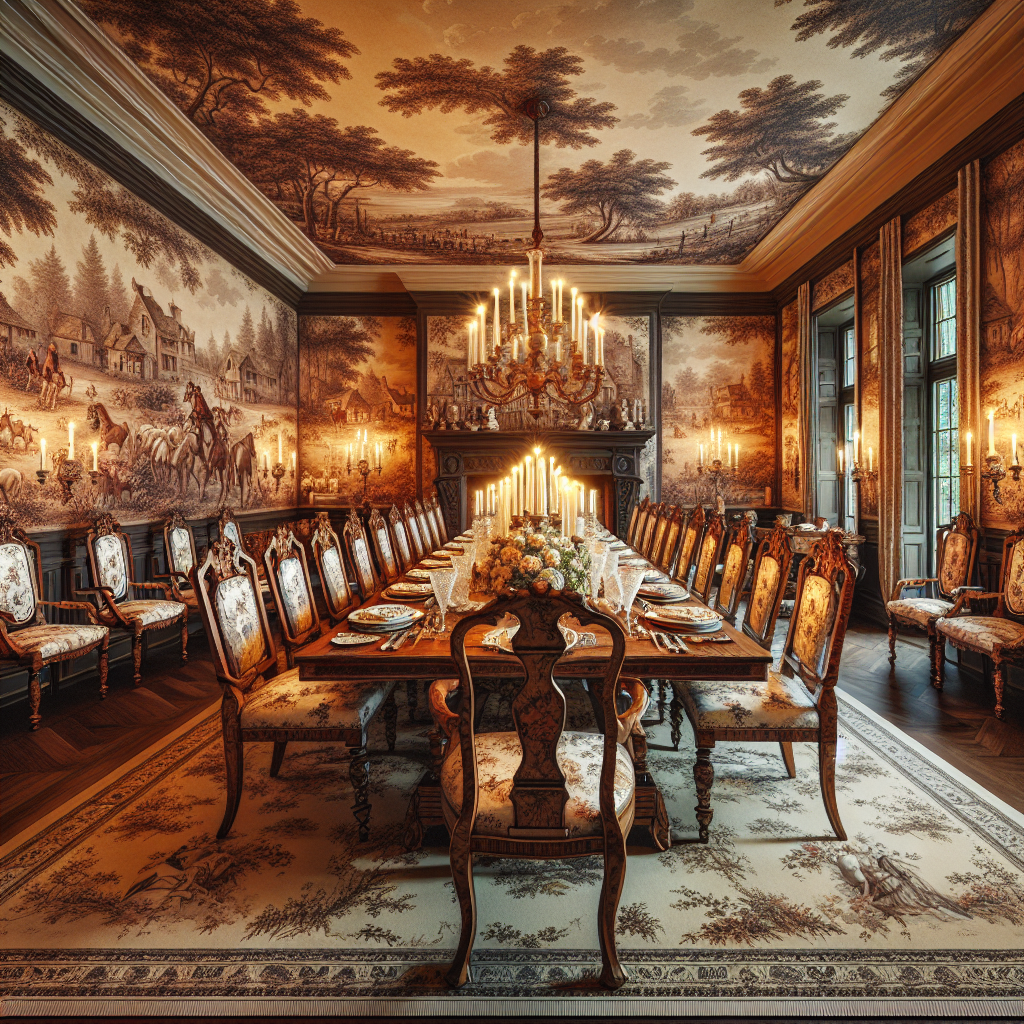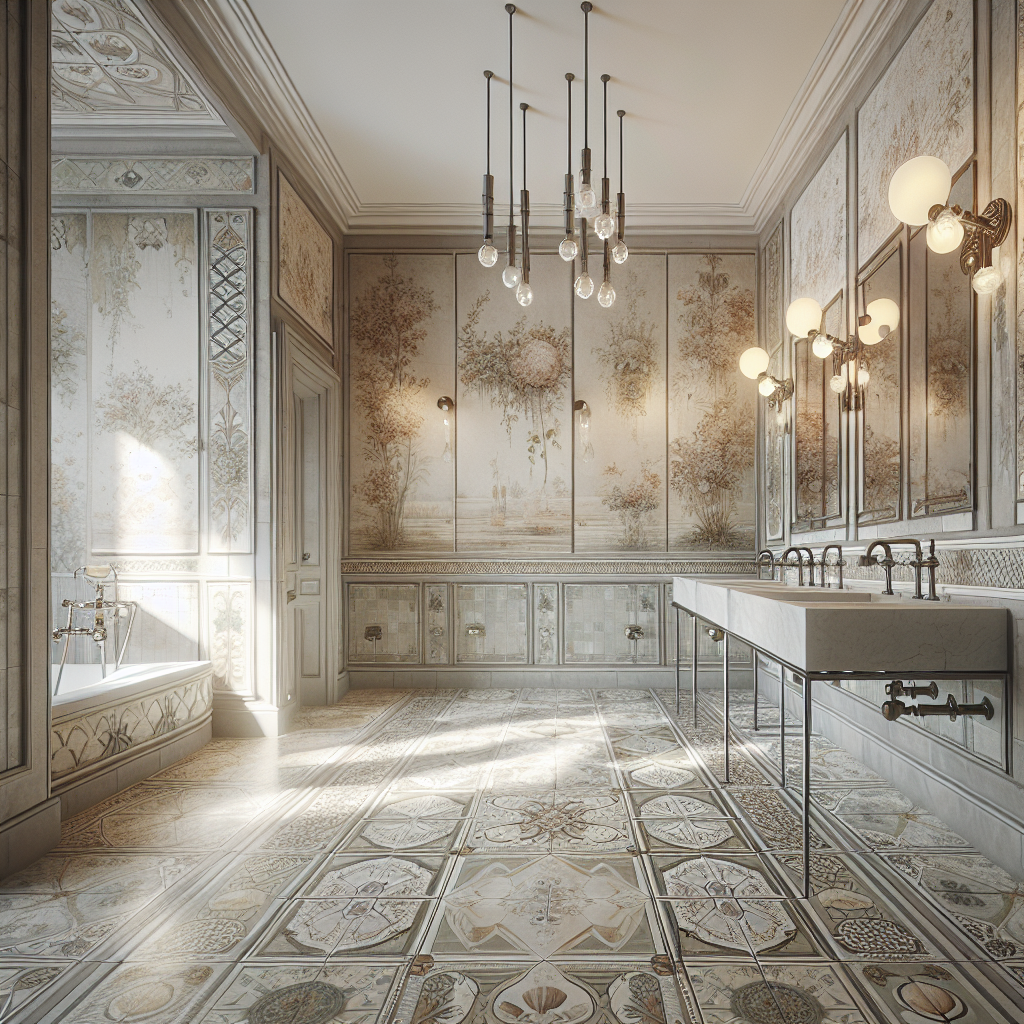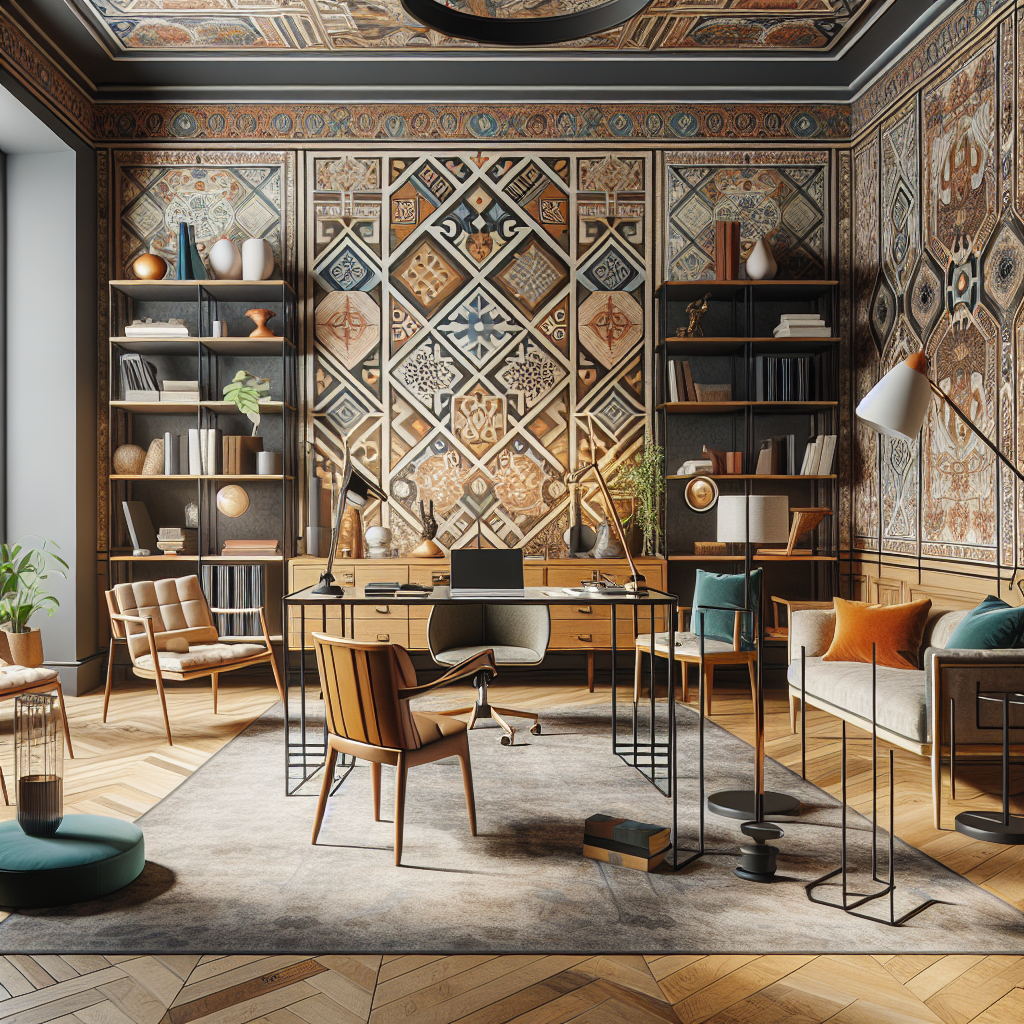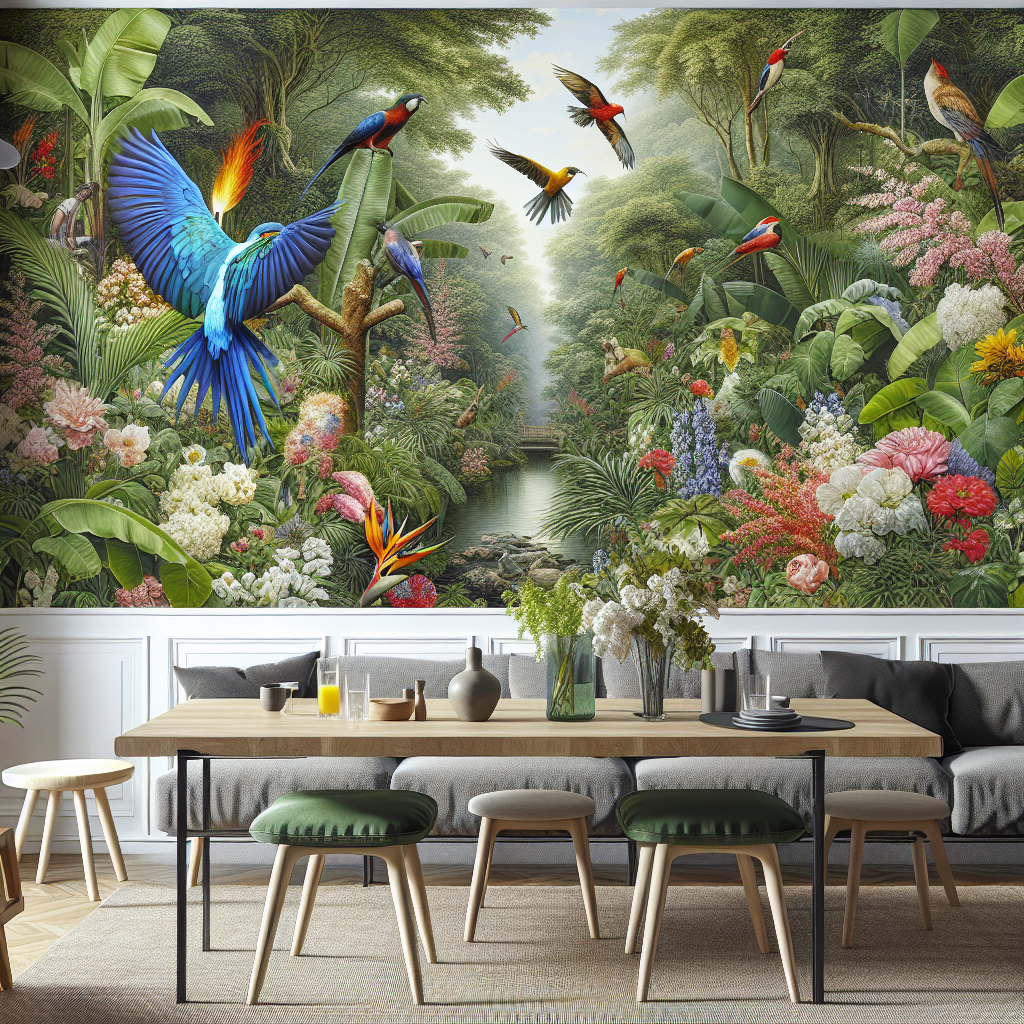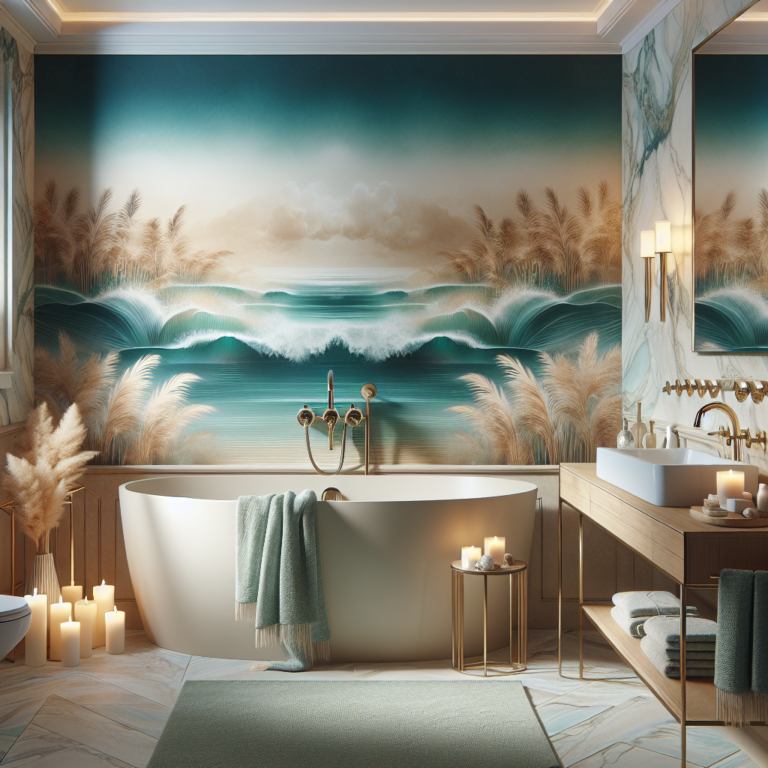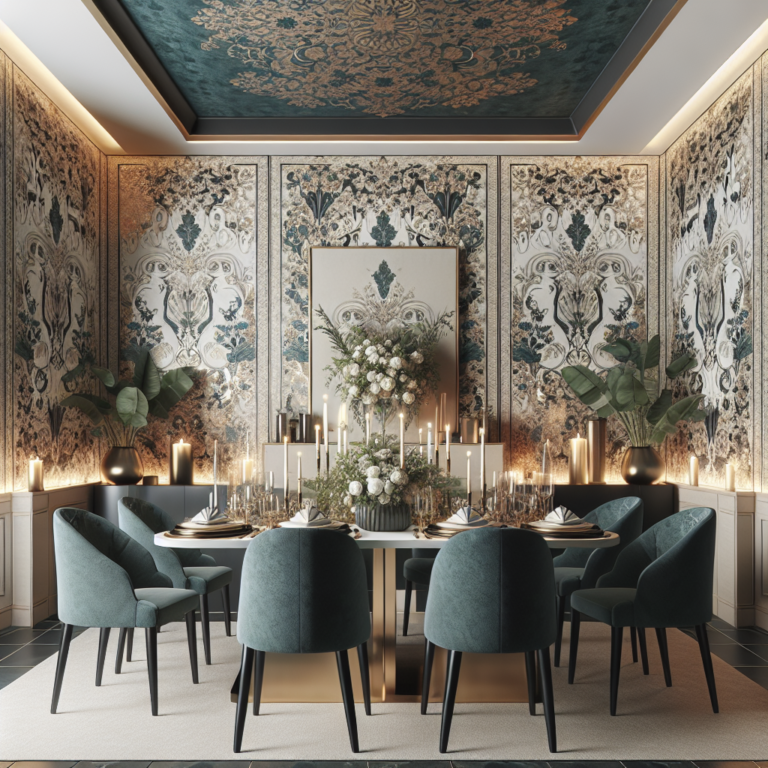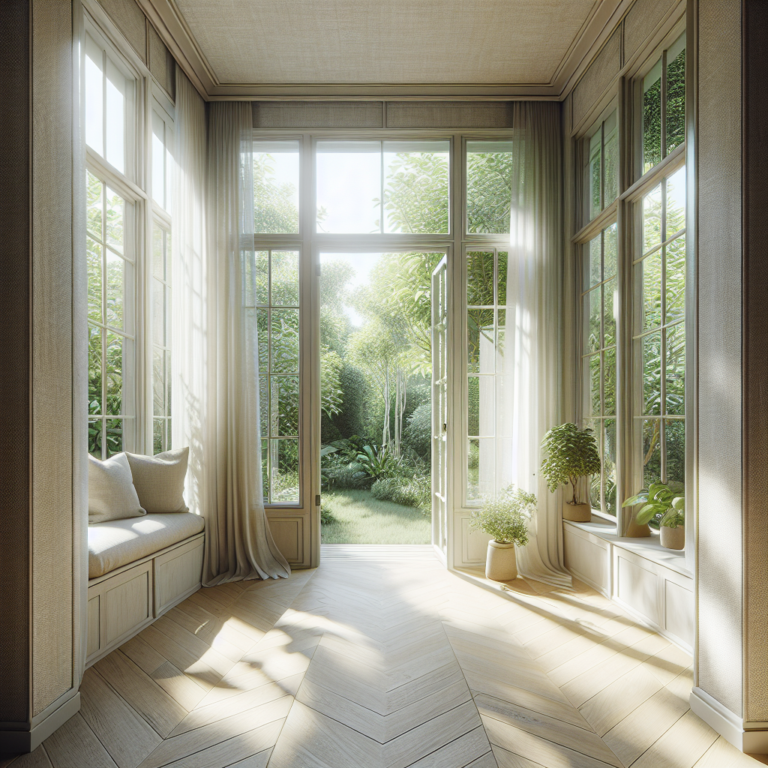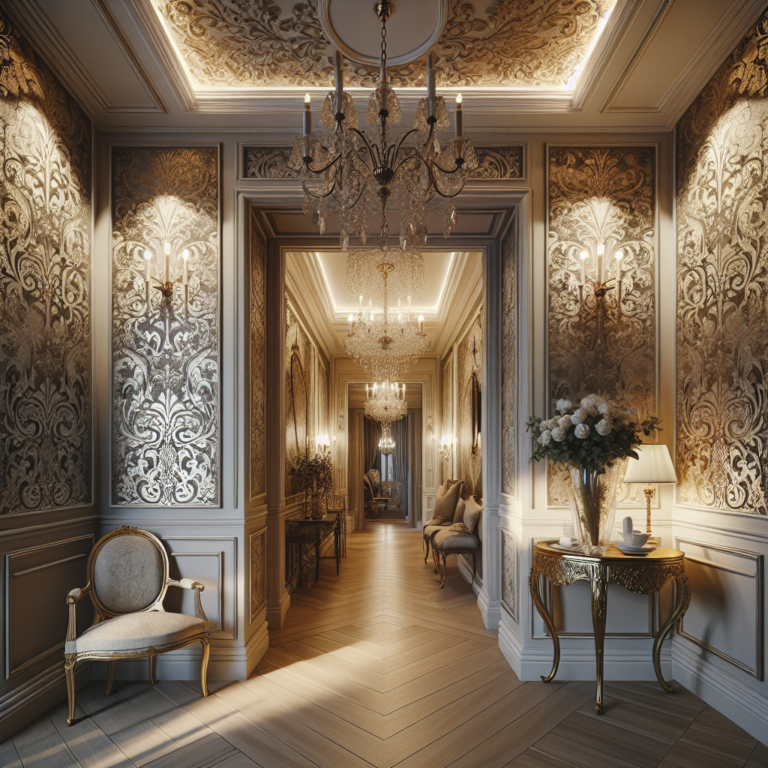18th-Century European Wallpaper Trends You Can Use Today
Understanding 18th-Century Wallpaper Design
The 18th century was a dazzling time for Europe, not just in fashion but in interior design as well. Wallpaper was more than a simple covering for walls; it was a statement of wealth and taste. Imagine walking into a room adorned with intricate patterns and vibrant colors that mirror the luxurious lifestyles of the aristocracy. The use of wallpaper during this period was quite innovative, and it often incorporated bold motifs inspired by nature, historical events, or classical art. People would strive to create a sense of harmony and elegance within their homes, reflecting the overall aesthetic of the period.
Additionally, the craftsmanship involved in these wallpaper designs set a high standard that still influences today’s design sensibilities. Floral patterns, damasks, and even hand-painted scenes became staples in affluent households. The skill and artistry behind these designs are reminiscent of the fine art of the time, making wallpaper a genuine canvas for creativity. One crucial aspect to note is how the socio-political climate of the era impacted design choices – think about how empires rose and fell during those years, all of which left a distinct mark on interior aesthetics.
Key Characteristics of 18th-Century Wallpapers
What makes 18th-century wallpapers so captivating? For starters, the patterns were meticulously crafted, often featuring elaborate illustrations and intricate details. Whether it was foliage, animals, or geometric shapes, the creativity knew no bounds. Many wallpapers showcased repeating designs that created a sense of continuity—almost like a story unfolding on your walls. Textures were an essential component too; wallpapers were made from materials that added depth and tactile experiences, making the walls appear more inviting.
Moreover, color played a pivotal role in 18th-century wallpaper trends. Earthy tones were popular, reflecting the natural world, while brighter colors were often reserved for those looking to make a bolder statement. Pastels, too, became increasingly prevalent, aligning with the Romantic movements that emphasized emotion and beauty. Infusing these characteristics into contemporary designs can elevate any room’s ambiance, making it feel luxurious and historically rich.
Popularity of Floral Patterns
Ah, floral patterns—the crown jewel of 18th-century wallpaper design! These luscious designs draw inspiration from nature, showcasing blossoms and vines in an idyllic dance across the walls. But what was the allure behind this trend? The use of florals was not just for aesthetic appeal; it symbolized growth, renewal, and the beauty of the world beyond. In an era where the natural landscape was highly revered, bringing the outdoors inside became a central theme in interior design.
Today, you can adapt these floral motifs to modern homes in countless ways. Imagine a feature wall bedecked with oversize blooms or delicate vine patterns that makes your space feel like a serene garden retreat. The key is to balance bold prints with muted tones, creating a harmonious environment. Embracing these floral designs can seamlessly tie historical elements into your modern aesthetic while fostering a cozy, inviting atmosphere.
Historical Motifs and Their Modern Interpretations
The 18th century was also a time of historical reverence, where motifs inspired by classical art and history flourished in wallpaper designs. Think of grand scenes that illustrate mythology or historical events, transporting you to another time. These designs often evoked emotion and stimulated conversation—a hallmark of sophisticated living. While we may not want to cover our walls in stories of the past, we can certainly take inspiration from them.
Contemporary designers are finding innovative ways to integrate these historical motifs into modern wallpapers. You can look for prints that feature simplified versions of classic scenes or even abstract interpretations that capture the essence without all the detail. The marriage of the old and new creates a visually stunning element that pays homage to history while maintaining a fresh feel in your living spaces.
Bold Geometric Designs
If florals are the soft side of wallpaper trends, geometric patterns are the bold and daring counterpart. In 18th-century Europe, geometric designs brought a contemporary twist to interiors, showcasing a more structured approach to aesthetics. The lines and shapes would create rhythm and energy in a room, breaking up the organic flow of floral prints. These patterns often became statements in their own right, giving spaces a touch of modernity and sophistication.
Textured Wallpapers Inspired by the Past
Texture is an often-overlooked element in the world of wallpaper, yet it played a significant role in 18th-century design. Wallpapers were not just flat surfaces; they boasted textures that added depth and interest to spaces. Techniques like flocking or the use of heavy fabrics gave wallpaper a luxurious touch that truly transformed interiors. This method of bringing a tactile experience to walls has resurfaced in modern design, reminding us of the importance of multi-sensory homes.
Incorporating texture into your wallpaper choices means you’ll be embracing a key principle from the 18th century. Textured wallpapers can evoke warmth and richness, making a room feel layered and inviting. Look for options like linen, grasscloth, or even metallic finishes that can play with light, enhancing the ambiance. Allowing texture to dominate in your design approach creates an inviting atmosphere and ensures your room resonates with historical elegance.
Color Palettes That Stand the Test of Time
The colors of the 18th-century wallpaper speak volumes about the aesthetics of the time. Palettes ranged from soft pastels that offered a sense of calm to rich, deep hues that exuded sophistication. Think about the soft blues and creams so prevalent in French décor or the bold reds and golds favored by the English aristocracy. Each color choice communicated not only the style but the status of the homeowner, allowing for personal expression even within societal norms.
Translating these timeless palettes into modern interiors can offer fresh vibrancy while retaining historical significance. Contemporary designers are revisiting these classic shades, experimenting with new combinations and applications, making them suitable for today’s living spaces. Whether through a single feature wall or accessories, using these tried-and-true colors can seamlessly tie your décor back to an elegant bygone era while ensuring your home feels current.
Conclusion
FAQs
What are the most popular 18th-century wallpaper patterns I can use today?
Floral and geometric patterns stand out as popular choices today, reflecting the styles that were cherished in the 18th century. Florals add a touch of nature, while geometric designs provide a modern twist. Combining these styles creates a unique dynamic in your interiors.
How can I incorporate 18th-century trends without overwhelming my space?
Start with one feature wall to showcase your chosen wallpaper, allowing it to become a statement piece. Balance this with neutral tones or minimalist decor to prevent the space from feeling crowded, ensuring a tasteful integration of historical elements.
Are textured wallpapers difficult to maintain?
Textured wallpapers can be a bit more challenging to clean than flat surfaces, but with the right care and materials, they are quite manageable. Regular dusting and occasional spot cleaning can keep them looking fresh and beautiful.
Can I mix different wallpaper patterns in one room?
Absolutely! Mixing patterns can be an effective way to create visual interest. Just ensure you stick to a cohesive color palette to maintain harmony in the design. Experiment with scales—pair smaller patterns with larger ones for an appealing contrast.
Where can I find modern wallpapers inspired by 18th-century designs?
Many online retailers and local interior design shops offer a variety of wallpapers inspired by historical designs. Look for specialty shops that focus on vintage or eclectic patterns, and don’t forget to explore artisan designs for a truly unique touch.
Below are some great examples of these types of designs:
